Cancer is a disease that affects millions of people worldwide. According to the World Health Organization (WHO), cancer is the second leading cause of death globally, after cardiovascular diseases. In 2018, about 9.6 million deaths were reported due to cancer. The WHO estimates that over 1.8 million people died from cancer in 2017. The number of new cases of cancer is expected to increase by 70% between 2015 and 2030. By 2035, there will be approximately 22 million new cancer cases annually. The WHO projects that the global burden of cancer will continue to rise until at least 2030.
The next generation of cancer therapies may be discovered by melding data science technologies with cancer research. It can be used to speed up research, provide additional insights and therapeutic alternatives, and eventually improve patient care.
1. Cloud Computing
Cloud computing is a model of service delivery for enabling ubiquitous, convenient, on-demand network access to a shared pool of configurable computing resources (e.g., networks, servers, storage, applications, and services) that can be rapidly provisioned and released with minimal management effort or service provider interaction.
The cloud model offers significant advantages over traditional models of data center deployment and operation. Advantages include elasticity, portability, scalability, pay-per-use, rapid elasticity, and virtualization.
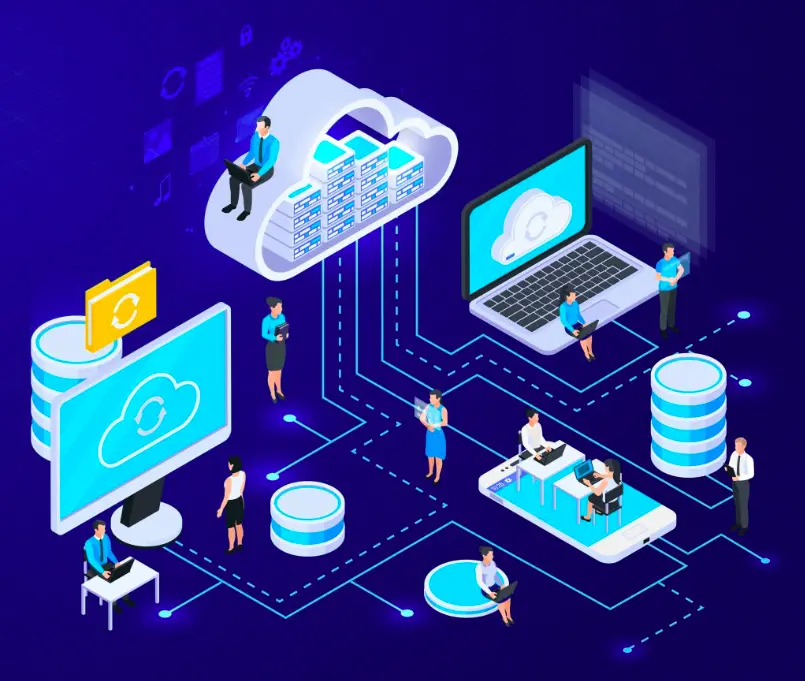
Cloud computing provides almost infinite resources for storing, analyzing, and displaying data. Genomic databases can be analyzed without a local infrastructure to house the enormous data volumes. Since machine learning relies on a huge number of samples, the cloud can support it by enabling access to big data sets from many sources. Cloud computing can do more than just store data; it may also run algorithms developed by academics directly on the data. This allows other academics to utilize the algorithms and get insights from their output without requiring a high level of technical expertise.
Cancer research is a field where cloud computing can provide significant improvements in efficiency and cost savings. In cancer research, cloud computing provides many advantages, including:
- Efficiently sharing of information among researchers
- Reducing the time spent searching for information
- Providing secure access to sensitive patient data
- Improving the quality of research results
- Increasing the speed at which research is conducted
- Decreasing the amount of money spent on research
- Lowering the risk of losing valuable research data
- Protecting privacy and confidentiality of patients’ data
- Allowing researchers to work remotely
- Making it easier for researchers to collaborate with each other
2. High-Performance Computing
High-performance computing (HPC) is the use of supercomputers to perform calculations at speeds much faster than those possible using conventional computers. HPC employs processors comparable to those found in laptops, but instead of a single CPU, it connects hundreds of workstations with many CPUs and cores. A massive amount of data can be processed simultaneously by using HPC. It has the ability to significantly speed up the discovery of cancer medicines by identifying patterns in vast datasets that are too big for human examination. HPC can aid in better understanding the complexities of cancer development, the identification of innovative and successful therapies, and the elucidation of patterns in large and complicated data sets, all of which contribute to our knowledge of cancer.
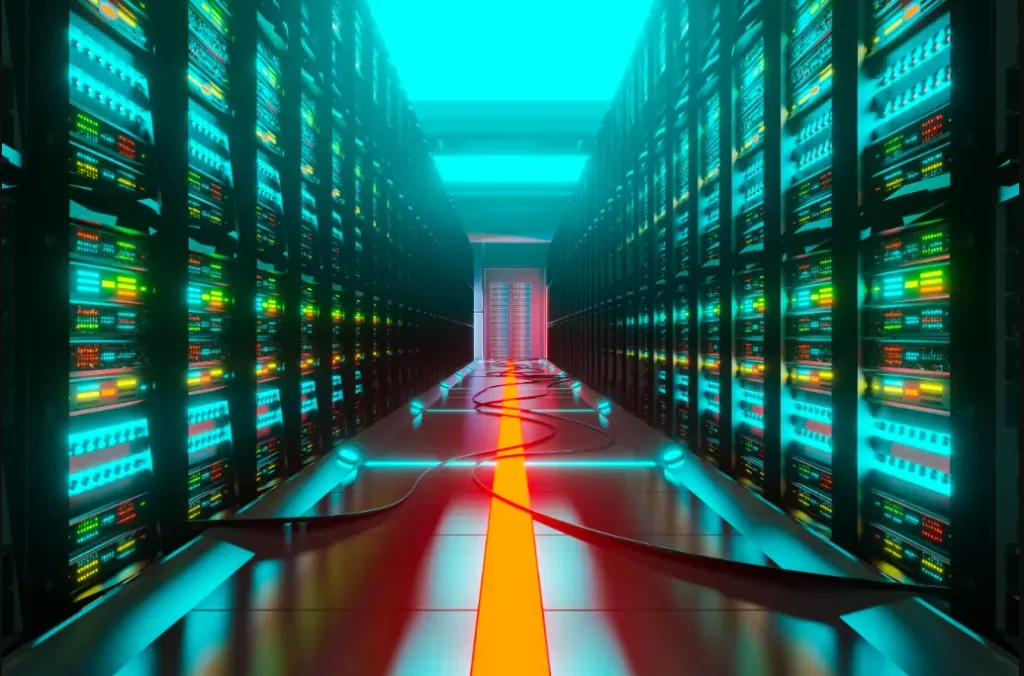
3. Digital Technology
Digital technologies have been widely adopted in healthcare systems around the world. These technologies have helped improve access to care, reduce costs, and enhance the quality of care.
In recent years, there has been a rapid advancement in the use of digital technologies in cancer research. There are several reasons for this. First, the cost of conducting clinical trials has increased significantly in recent years. Second, the increasing adoption of electronic medical records (EMRs) has enabled researchers to collect data on patient’s characteristics and outcomes. Third, advances in artificial intelligence (AI) and machine learning (ML) have allowed computers to analyze data and make predictions. Fourth, the widespread adoption of mobile devices has led to the creation of apps that can help monitor patients’ conditions and provide real-time feedback. Finally, the Internet of Things (IoT) has provided opportunities to connect sensors to patients’ smartphones and track their health status remotely.
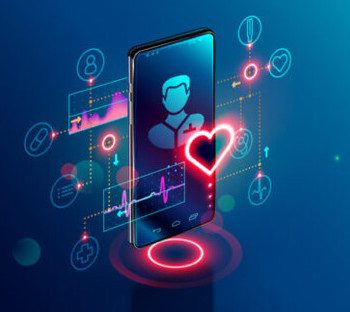
Devices based on digital technology, such as smartphone apps, wearable devices, and telehealth, are becoming more common. There is an increasing possibility to collect rich mobile sensor data in real-world contexts continually, passively, and with low effort. Gathering data from cancer patients’ mobile sensors might aid in the tracking of digital biomarkers related to symptoms, quality of life, physical functioning, and also the incidence of adverse events.
4. Artificial Intelligence
Artificial intelligence has revolutionized cancer genomics research. In recent years, AI has been applied to many different types of data, including genomics, proteomics, metabolomics, imaging, text mining, and clinical data. AI has significantly helped in advancing the understanding of cancer biology.
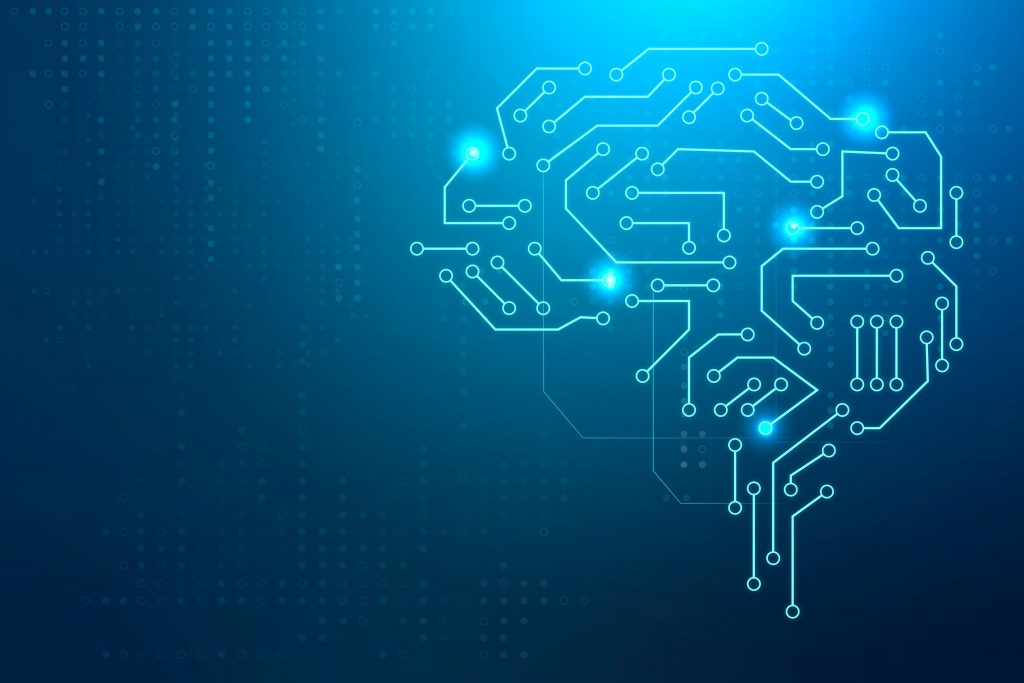
The vast applications of AI include the detection and diagnosis of cancer, subtype categorization, identifying individuals at risk of cancer, therapy optimization, and identifying novel therapeutic targets for drug development. AI integration in cancer care has the potential to enhance diagnostic accuracy and speed, help clinical decision-making, and result in improved health outcomes.
5. Digital Twins
Researchers have been working tirelessly to find ways to prevent and treat cancer. One of the most promising approaches involves using digital twins.
What Is a Digital Twin?
A digital twin is a computer-based model of a real-world object. These models are created based on data collected from real-world objects. Once the model is created, it can be used to test various hypotheses regarding the behavior of the real-world object.
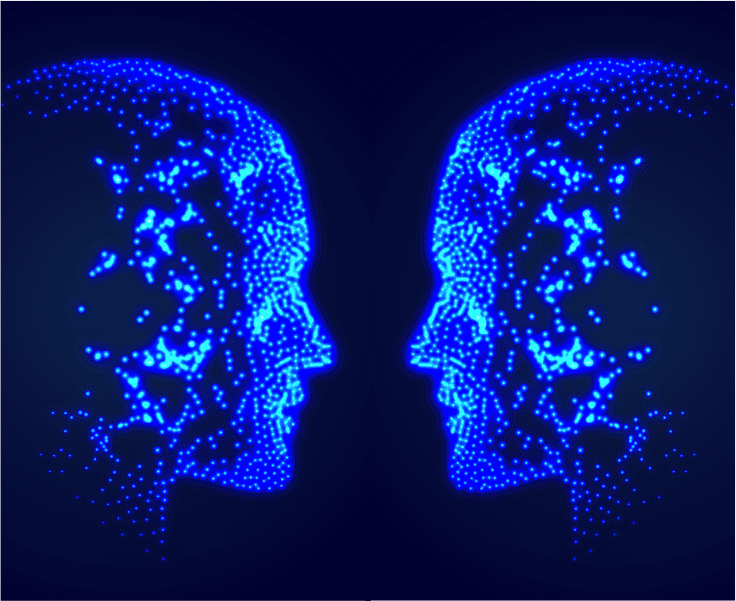
Digital twins, which have been used effectively in various industries, have the potential to pave the way for advancements in cancer care and research. Scientists hope to utilize digital twins to anticipate the effect of new medications on cancer patients using computer models or “digital twins” without harming actual individuals by combining computational science and medicine. Digital twins will aid in predicting the progression of cancer and how it will respond to treatment.
Conclusion
Data science is becoming increasingly popular in cancer research. Applications of data science technologies have helped analyze massive amounts of genomic data to identify patterns and predict outcomes. These attempts have resulted in significant advances in cancer biology and treatment options. However, we still need to address several challenges before we can fully realize the potential of data science in cancer research.
Story Source: Article Reference
Follow Us!
Learn More:
Dr. Tamanna Anwar is a Scientist and Co-founder of the Centre of Bioinformatics Research and Technology (CBIRT). She is a passionate bioinformatics scientist and a visionary entrepreneur. Dr. Tamanna has worked as a Young Scientist at Jawaharlal Nehru University, New Delhi. She has also worked as a Postdoctoral Fellow at the University of Saskatchewan, Canada. She has several scientific research publications in high-impact research journals. Her latest endeavor is the development of a platform that acts as a one-stop solution for all bioinformatics related information as well as developing a bioinformatics news portal to report cutting-edge bioinformatics breakthroughs.















